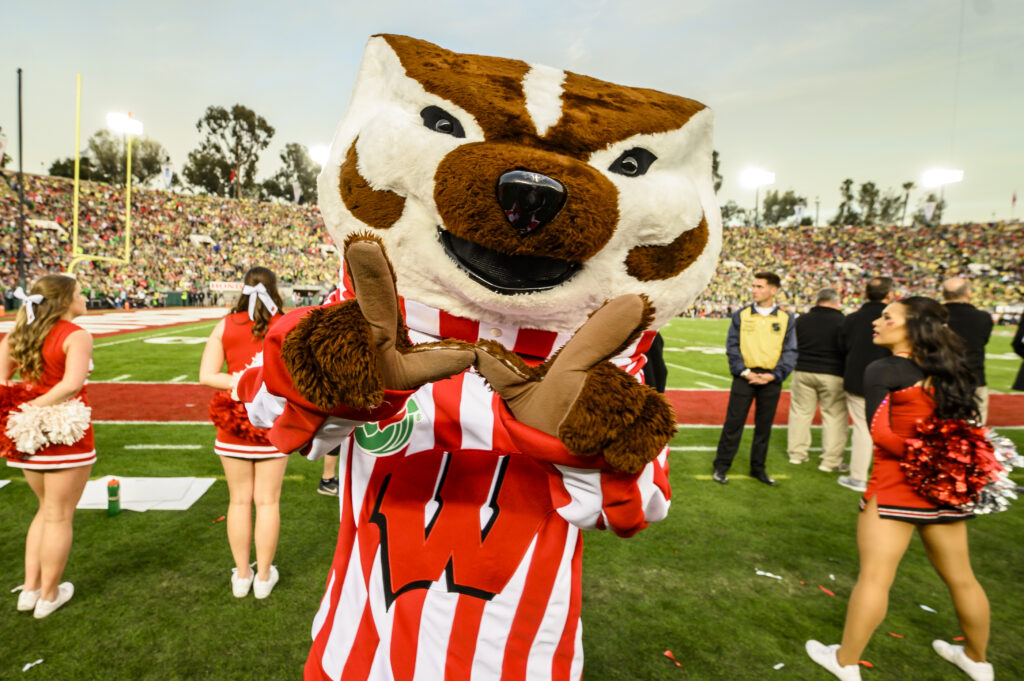By Sydney Grossfeld
There is an ongoing debate surrounding college athletes getting paid through Name, Image, and Likeness (NIL) deals and the unequal distribution of funds. NIL deals have given athletes the opportunity to profit from their name, image, and likeness. However, athletes that play certain higher profile sports receive disproportionately larger deals. NIL contacts heavily favor higher profile sports like football and men’s basketball that tend to have larger audiences. This discrepancy leaves lesser known sports at a massive disadvantage. In addition, NIL was not permitted until 2021. Athletes who played college sports prior to NIL were not entitled to any monetary compensation.
In a larkmark lawsuit, House v. NCAA colleges reached a settlement, dedication to implement a revenue-sharing agreement. For the first time in NCAA history, schools will be able to directly pay their athletes. The NCAA would distribute $2.8 billion to current and former players. Football and men’s basketball players were at the top of the list. Players were receiving $135,000 on average. Women’s basketball players were allotted significantly less, $35,000.
There is no question that NIL has given power back to athletes, but the new system is broken and lacks regulation. This settlement is creating a tiered system within college athletics with high profile sports at the top. Rather than evening the playing field, NIL is widening the already substantial gap between high profile sports and less profitable ones.
What does this mean for college athletics? Programs are now scavenging to find the funds to pay back their athletes. University of Wisconsin-Madison Athletic Director Chris McIntosh shared that “it will be critical for us to make adjustments in the way we have operated and to generate additional revenues through new opportunities.” In other words, departments are being forced to make difficult decisions; cutbacks disproportionately targeting less revenue generating programs could become the norm. While this settlement may be good for former athletes, current athletes are faced with the unknown as their sports programs hang in the balance. Programs that have already been operating on smaller budgets face the potential of coaches losing their jobs, athletic department restructuring, and roster spots shrinking.
There is a lot of controversy surrounding the distribution of the settlement. LSU gymnast Olivia Dunne objected to the settlement, telling Eccker Sports that there is “a lack of transparency, inequitable distribution, and exclusion of athletes from the decision making process.” Dunne is among the top earners in the NIL realm, bringing in around $4.2 million. She is an advocate for underrepresented sports and the success they can bring to the sports industry. She believes it is frustrating for an athlete to put in the same amount of work as their peers and receive less compensation, or even none at all.
The traditional ideals of amateurism are now being challenged with NIL. While we await the final decision from a U.S. District Court on the settlement agreement we have to ask ourselves: Are college athletes students of their universities or employees? How do we maintain the integrity of college sports? Where do we draw the line between professionalism and amateurism?
Athletic departments should strive to provide equal opportunities for all of their athletes. This will inspire athletes from all sports to want to come to their schools. Rather than just being a football or basketball school, athletic departments can be most successful when they invest in all of their sports teams. The NCAA should strive to implement better regulations so that there is not another settlement case like this one in 10 years. And lastly, student athletes should continue to voice their opinions and stand up for themselves.

Leave a Reply